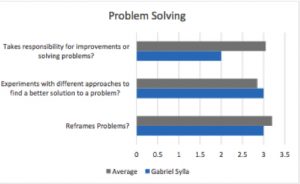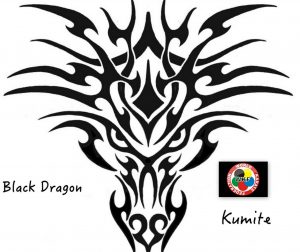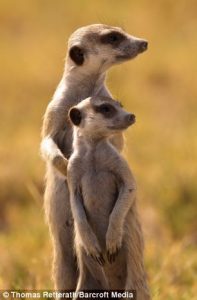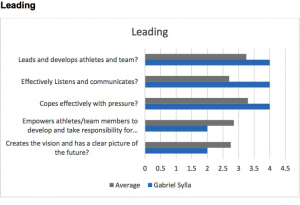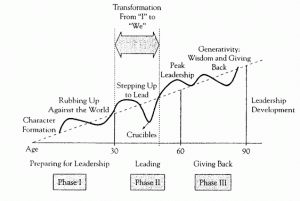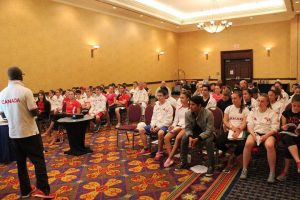Training with a hypoxia mask makes breathing harder, but that does not necessarily mean you’re going to get an improvement in your cardiorespiratory fitness
Here is the truth, the whole truth, nothing but the truth about this craze for this popular mask!
We see them more and more, on FB, in our weight rooms, parks, MMA fighters and in karate

Do not get me wrong, I’m very much in favor of gaining even small benefits in training with accessories!!!!
But, is it really an advantage to train with a Hypoxia mask, which aims to improve your cardiorespiratory fitness by simulating a fewer oxygen intake?
“Such a device is the same principle as putting your head in a bucket to simulate swimming.”
While some users claim that they breathe better after using an altitude mask, I bet if I put a cushion in someone’s throat and I asked him to run a mile, he would indeed feel that he breathes better once removed.
Joking aside, the sad truth is that altitude masks simply do not simulate altitude time. In addition, some people wear theirs while performing their anaerobic workouts like bodybuilding, fitness, kumite which uses a completely different energy system that does not even need that much oxygen anyway
One good point for MMA fighters: wearing these masks makes it hard to breath and “smothers” the user so that they have to adapt psychologically to wearing them and thereby become prepared should an opponent block their breathing in a fight it won’t have as dramatic of an impact on the training mask user
The altitude mask: no pressure
Why altitude masks do not simulate altitude?
At high altitude, the atmospheric pressure is reduced. The partial pressure of the oxygen or the total number of oxygen units per unit area given is also reduced.
The air is simply “finer”, which is why breathing at high altitude is more difficult.
As a result, there is reduced oxygenation of the blood, which leads to less oxygen transported and used by working muscles.
When the body is exposed to a diminishing altitude pressure, it reacts by increasing myoglobin/hemoglobin content and capillary density and consequently increasing the transport of oxygen to the muscles.
These adaptations could certainly offer performance advantages.
However, this process takes weeks or even months, living and training at altitude, not just a few minutes
of interval training with a gas mask on your face in your favorite gym or at the dojo!
Furthermore, until you adjust to the altitude, the performance decreases.
The VO2 max is a measure of cardiorespiratory fitness that actually decreases by about 10% every 100 meters above 1,100 meters.
In addition, the intensity of training and the volume of exercise decrease, resulting in a decrease in the quality of training and contributing to an overall reduction in performance.
If you train at altitude long enough, you adapt to the lower partial pressure. At this stage, there may be some benefits to be gained for an athlete endurance athlete such as:
1- increase in hemoglobin concentration
2- increase in capillary density
3- increase in mitochondrial volume
4- Increase in lung capacity
The disadvantage of altitude training, however, is that physiological adaptations usually disappear within 3-4 weeks.
More importantly, the results of studies on training and performance adjustments in simulated hypoxic environments mixed in the best way, for the most part, show no benefit of hypoxic training.
Restriction of oxygen and anaerobic training
This brings us to the altitude mask and lifting weights, or doing sprints which is not very wise.
We will use a squat protocol with a lot of repetitions for example. A set of 15 to 20 squats may take 20 seconds. The use of oxygen is not a major determinant of performance for short, high-intensity exercise. With a mask, however, your workout is more likely to suffer because of your restricted breathing as you push.
Instead of breathing deep and in sync with each phase of the exercise (concentric or eccentric), you get a short breath, which does not affect the control of your weights. If you do not have enough air, you can not increase enough intra-abdominal pressure and stabilize your trunk.
There is absolutely no scientific evidence to suggest that the altitude mask provides beneficial bodybuilding and fitness adaptations.
Think about it: you will reach a higher level of intensity by breathing freely.
Restriction of oxygen and aerobic training
This brings us back to the altitude mask.
The partially reduced air pressure at high altitude is very different from limiting the air intake with a mask.
In fact, there is not a single person with a minimum of knowledge of physiology that will support the ability of elevation masks to increase hemoglobin.
Elevation masks do not change the pressure of the incoming air like in high altitude conditions, all they do is simply reduce the total amount of airflow to the lungs.
Imagine trying to run while breathing through a straw, or with the aforementioned pillow attached to your face. This is essentially restricted air training, also called “inspiratory muscle training”
Respiratory muscle training is an incredibly effective and well-used tool for people with the chronic obstructive pulmonary disease (COPD). It can make improvements in inspiratory muscle strength, endurance and exercise performance. But with a normal sports population? Not really!!!
Endurance performance is not defined by the amount of air you get, but it is defined by the amount of oxygen that is in the air and how you use it.
Improving the strength of the diaphragm and being able to exhale and breathe with more power, (what the mask does), will not improve your aerobic capacity or stamina.
Observe elite endurance athletes: they are incredibly metabolically effective and their success relies on that. Remember, a stronger diaphragm and reduced breathing efficiency will diminish performance.
Practice improving your VO2 max, your lactate threshold, and your hydrogen ion buffer capacity with proven methods.
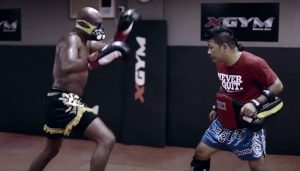
Instead of deep breathing and quality in sync with each phase of exercise (concentric or eccentric), you get a short and shallow breath, which does not affect the control of your weight. If you do not have enough air, you can not increase enough intra-abdominal pressure and stabilize your trunk.
There is absolutely no scientific evidence to suggest that the altitude mask provides beneficial bodybuilding and fitness adaptations.
Think about it: you will reach a higher level in intensity by breathing freely.
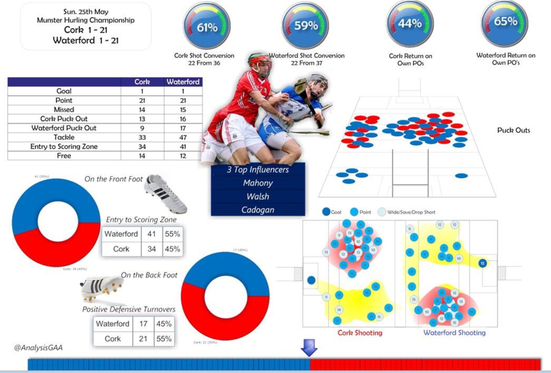

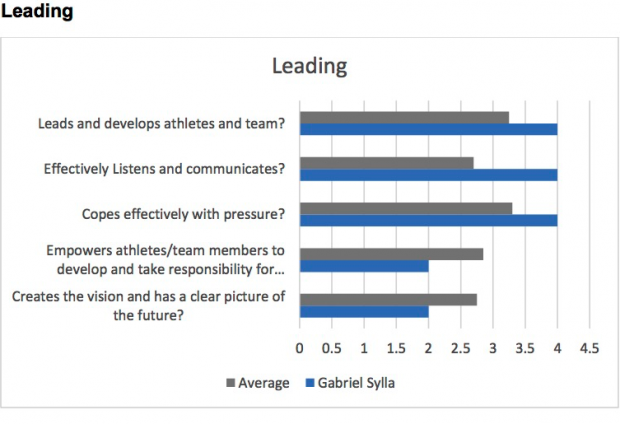
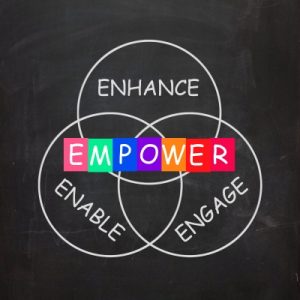


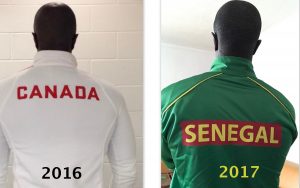

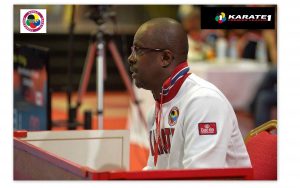
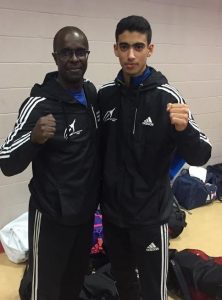
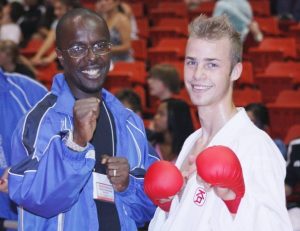 “Athlete First” (Servent leadership) type of approach has been proven to be the most efficient and winningest method of coaching in the long run!
“Athlete First” (Servent leadership) type of approach has been proven to be the most efficient and winningest method of coaching in the long run!